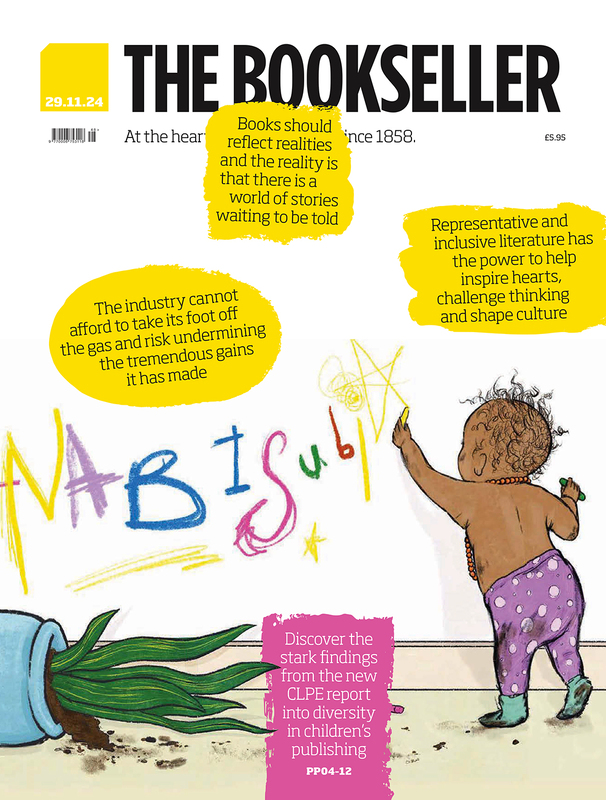You are viewing your 1 free article this month. Login to read more articles.
E-books up 27% at PRH but Hachette leads way
There’s good news for the e-book market—or the part UK conglomerate trade publishers are responsible for: there is growth. Marginal growth, and driven mainly by one publisher, but growth all the same. Collectively, the five publishers shifted 49.6 million e-books last year, 3% up on 2017 and the biggest total haul for the group since The Bookseller started collecting end-of-the-year e-book volumes (in 2011).
Some explanatory notes: these are UK-only sales and include all paid- for downloads, not limited to the £2 minimum price The Bookseller employs for its Weekly and Monthly E-Book Rankings. PRH had a 27% rise, reflecting a strategic shift—it was previously the least likely of the top publishers to discount deeply. For the past three years, Hachette has sold more e-books than its rivals, thanks to aggressive discounting (especially on backlist) and its acquisition of digital-first publisher Bookouture.
The annual question: what does this mean for the digital market as a whole? Amazon still shares no data about its strangle- hold on the market. And while the five publishers account for 47% of the print market, we cannot simply apply that percentage to the digital market, as other players have significant parts of the e-book pie—includ- ing, notably, Amazon itself. In December 2018, Amazon Publishing imprints accounted for nearly 30% of titles in the average Kindle 100 chart. UK indie crime publisher Joffe Books had a 10% share of the average Kindle 100 in that month, greater than Pan Macmillan and Simon & Schuster combined (6%).
The Kindle 100 is nowhere close to a definitive digital picture for a host of reasons: a position-only chart has no volume data; the month of December is one of the slowest for e-book sales; looking at a Top 100 ignores the huge long tail of digital (assuredly underplaying self-published authors); and the Kindle Unlimited subscription service, in which authors/publishers are compensated on a pages-read basis, is not factored in. We are only using this as indicative of e-book sales as a whole. But, if we were to extrapolate the Kindle Top 100 share for December across the year (the Big Five accounted for 40% of spots in December), it would mean 111.6 million e-book units were sold overall in 2018, meaning that 302.5 million “e” and “p” combined units were sold—of which digital had a 36.9% share.


















